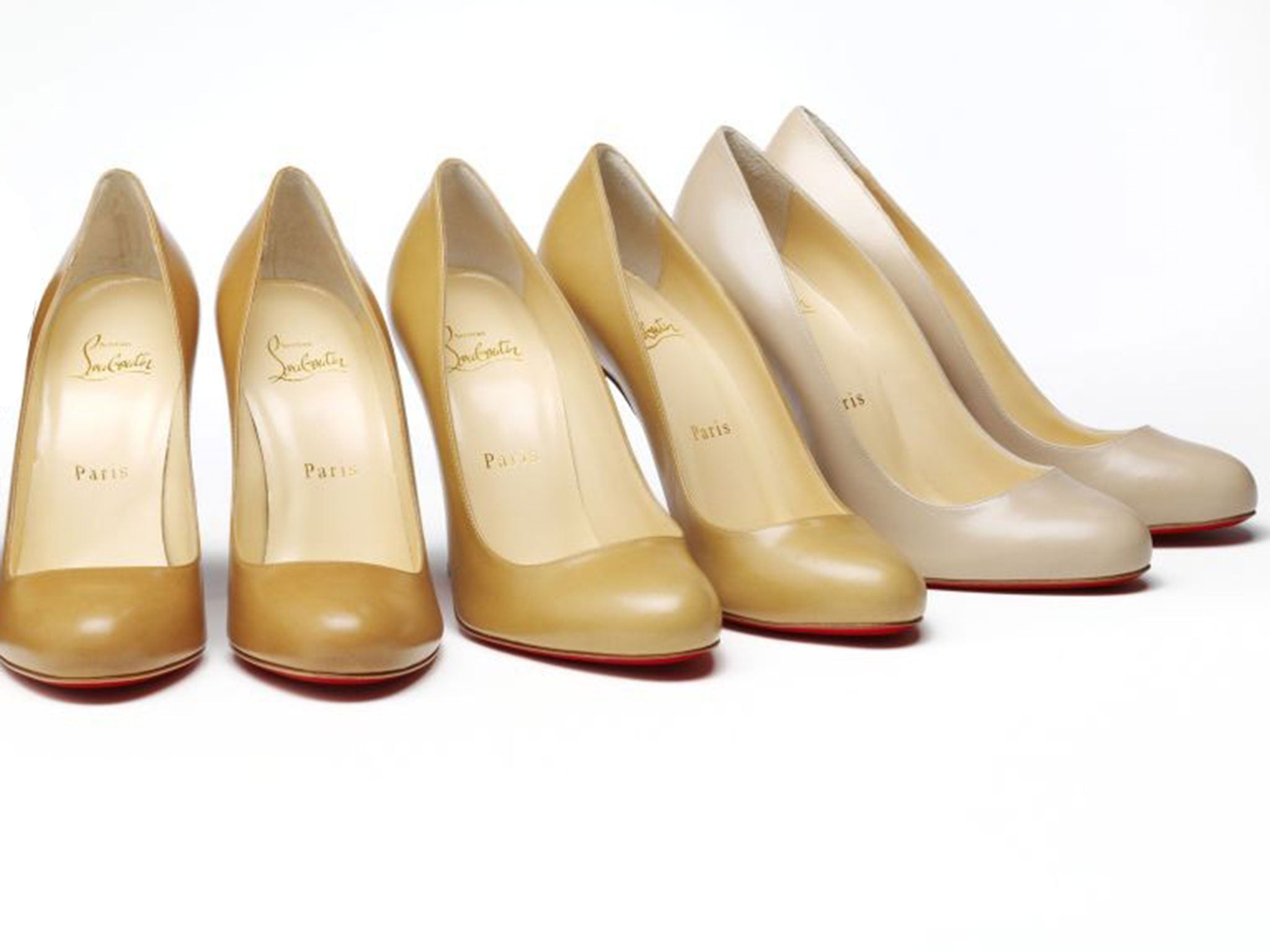Need for speed: the V&A’s Rapid Response Unit
The museum will reflect our fast-changing times with a constantly updating gallery of modern objects

What type of pieces would you associate with the Victoria & Albert Museum. William Morris prints and marble busts, perhaps? Well, how about a 3D printed gun? Or electronic cigarettes? Or Katy Perry false eyelashes?
Such are some of the objects in their new Rapid Response collection, a curating initative set up to reflect a fast-changing world, where lightning-quick technological and design developments might seem incongruous with the stately acquisitions processes of a museum. No longer at the V&A, though: opening next week, a constantly-updating gallery will be filled with objects that tell us something about the here and right now.
And its evolution really will be rapid: launching with 12 items, the gallery will add a new object to the display about every two weeks. Anything that’s suddenly making headlines can be collected, conserved, and put behind glass within two or three days – “which is mind-bogglingly fast for us”, says Kieran Long, senior curator of contemporary architecture, design and digital and the initiative’s co-curator alongside Corinna Gardner.
Some might question the need to go to a museum to gawp at, say, the Flappy Bird mobile phone game, but Long has no doubts about the project’s worth. “These objects might look trivial, and of course they are less [monetarily] valuable than a Renaissance painting, but they are treated exactly the same by the museum in terms of conservation and security,” says Long. “We think these stories are just as worth preserving as, say, a Constable.”
Looking at their choices, it soon becomes clear that items are not selected simply because they’re innovative – there is a steely thread of social politics running through the collection. “When you walk around the museum you wonder, where’s the bit that engages with the world outside and people’s lives, for sociological or political reasons?” says Long. “We started to develop a wholly new type of collecting… driven by what people are interested in, what the press picks up on, what suddenly comes to light as bearing on the history of design and manufacturing.”
This new mandate is best reflected in the two objects that kicked off the project: a 3D printed gun, designed and made by American anarchist Cody Wilson, and a pair of Primark jeans, manufactured in the Rana Plaza factory that collapsed, killing more than 1,000 Bangladeshi workers. “I saw [the gun] as a transformational object in the history of design,” insists Long. “It not only transforms what design is capable of but also our relationship with one another. That’s our ethos: we’re interested in design that bears on what citizenship means today.”
You might expect resistance to such collecting from some of the brands behind the objects – surely Primark wouldn’t want their jeans on display as a permanent reminder of workers’ deaths? But Gardner suggests the clout of the V&A means most companies have actually been helpful: Primark even pointed out the jeans they’d got hadn’t been made at Rana Plaza, and offered a pair of cargo trousers instead. “There is a degree of objectivity in what the V&A aspires to – we represent a neutral civic space,” claims Long.
Yet many of their choices seem to be fired by a degree of moral outrage – those Katy Perry false eyelashes will be contextualised with photos revealing the working conditions others must endure for the Western consumer to look pretty. A Motorola “wearable terminal”, which can tell warehouse workers where to go next to collect items for sending out but also tracks their productivity, demonstrates the constantly-monitored position of thousands of people who work in such jobs. We love next-day delivery, but do they love having their loo breaks timed?
“We are interested in objects that display some sinister outcome,” agrees Long. “That is not something that a lot of design museums do. [But] this is the stuff we all encounter every day: it’s surveillance cameras, and it’s benches that are designed so people can’t sleep on them: things that prevent freedom as well as emancipate us.”
It’s not all gloom though: they’ve also collected a mass-produced cuddly toy that became a collective symbol for political unrest and a new kind of lift cable that will allow us to whizz more than 1,000 metres in the air… Gardner insists they were keen to balance out the good and bad news stories within the initial collection.
But what if they get it wrong – what if, for example, their Oculus Rift virtual reality gaming headset never catches on? “Of course there is a massive risk: the Oculus Rift could be the Betamax of the 21st century!” smiles Long. “Nonetheless, that is interesting. And the V&A making a decision is meaningful in the history of design on its own. That’s not arrogant to say – we already have 4.5 million objects [in the V&A museum’s] permanent collection. I hope [Rapid Response] will be a freeing experience for people to think about the modern world in a different way. If we can achieve that, I am happy, even if an object turns out not to be the future of technology.”
The panel above previews some of the key pieces from the opening selection.
Rapid Response opens 4 July at the V&A; vam.ac.uk
Join our commenting forum
Join thought-provoking conversations, follow other Independent readers and see their replies
Comments